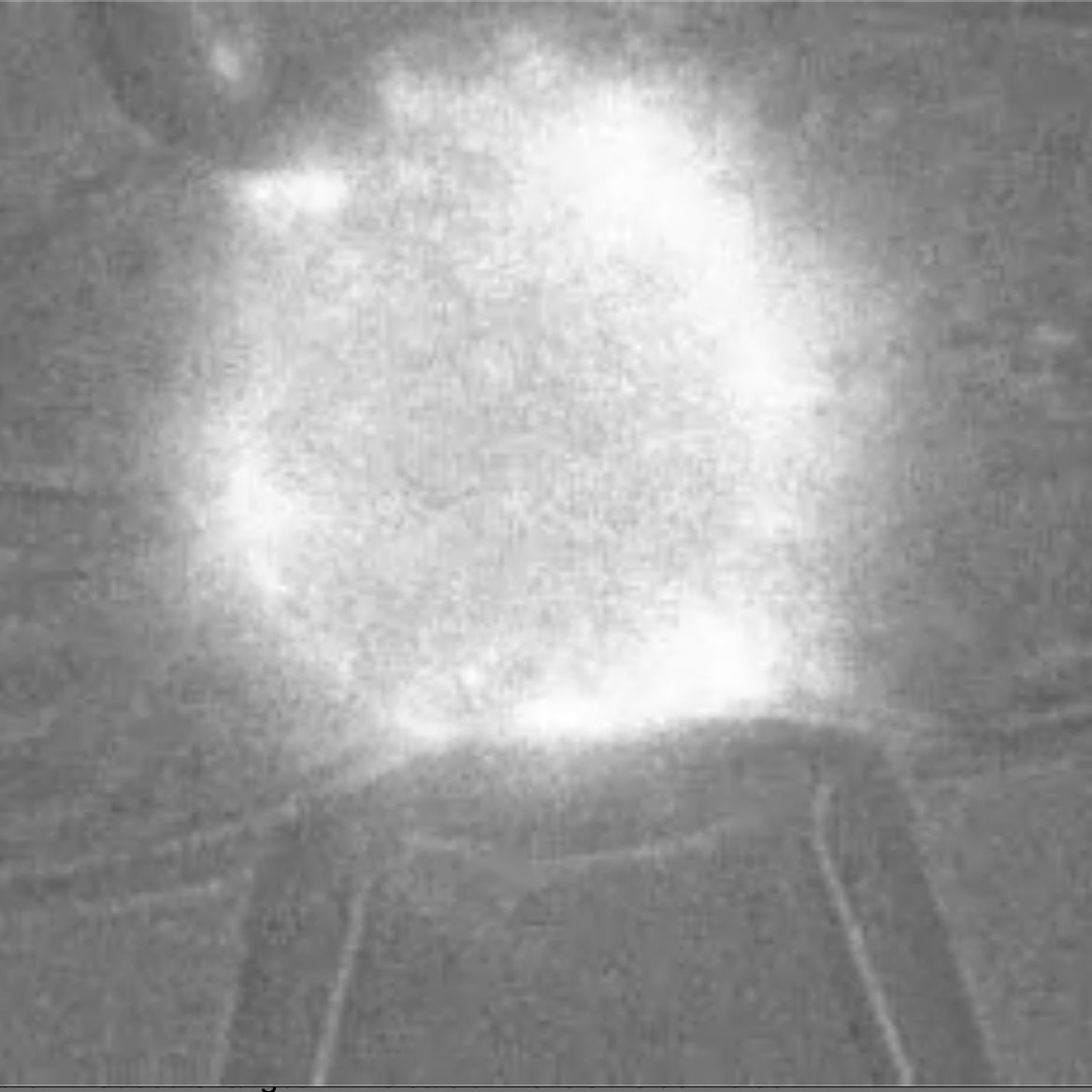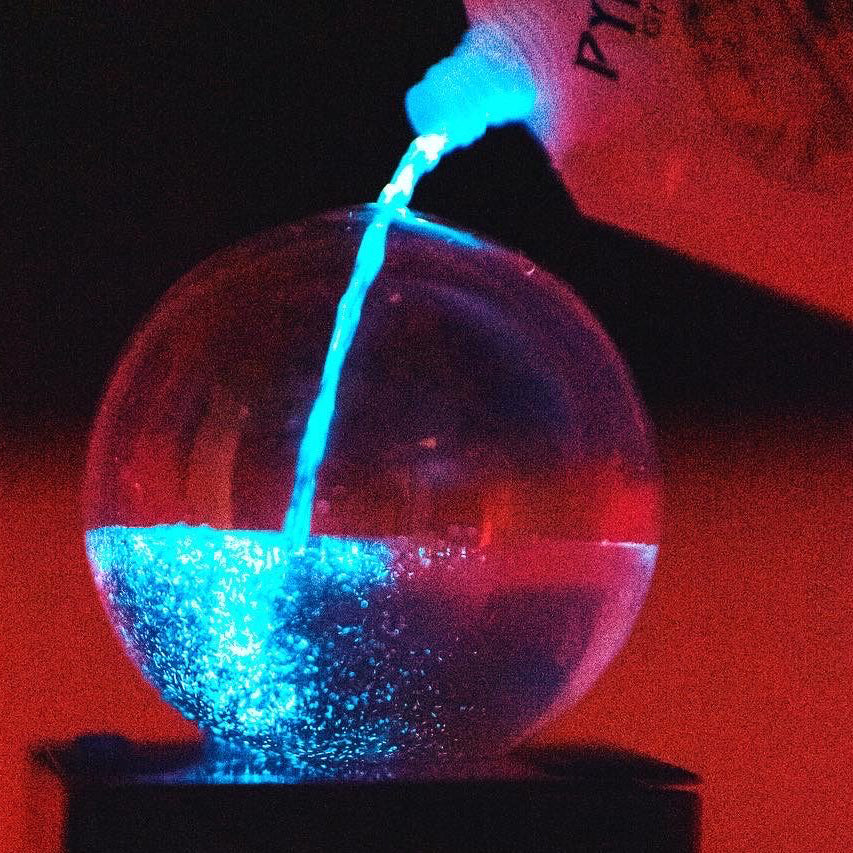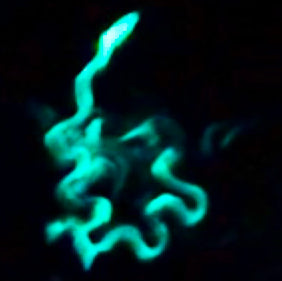A Light Squeeze

A single-celled marine dinoflagellate lights up and then dims again as it is squeezed between two glass micropipettes, thanks to a light-generating chemical reaction triggered by deformation-induced changes in the calcium levels inside the cell.
M. Jalaal et al., Phys. Rev. Lett. (2020)
Experiments detail how mechanical stress triggers marine microbes to light up.
The glow or sparkle coming from bioluminescent marine organisms has fascinated observers on ships or the seashore since ancient times. A team of researchers has now elucidated the process by which mechanical stress triggers this light emission in single-celled organisms called dinoflagellates. By measuring the relationship between light intensity and the rate and amplitude of deformation for individual dinoflagellates, the team has developed a model that can pinpoint how different types of stress and deformation activate the glow.
Dinoflagellates are the most common source of bioluminescence in coastal waters. They are thought to use light emission as a defense strategy that alarms or dazzles predators, although it’s not clear if this is the sole role. As with other bioluminescent organisms, including fireflies, dinoflagellates produce light through a chemical reaction that ends with the molecule luciferin emitting a blue photon. The reaction is triggered by the electric potential created when pressure-sensitive calcium ion channels in the cell wall are stretched.



Comments